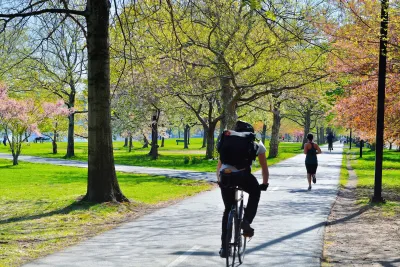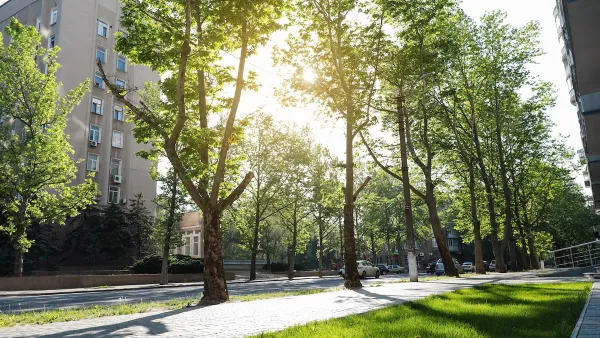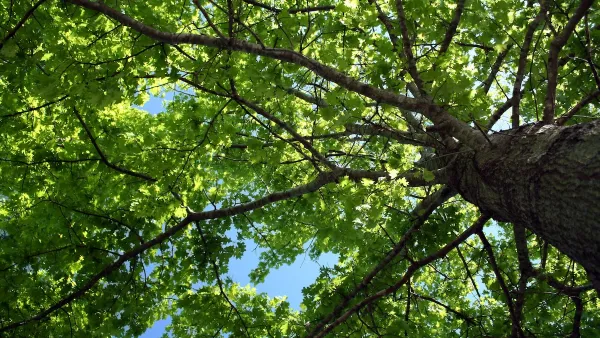Urban trees are essential for cooling public spaces, promoting physical activity, and protecting vulnerable populations from extreme heat.

As climate change intensifies, record-breaking heat has become a leading public health threat, not only by causing direct heat-related deaths but also by discouraging outdoor physical activity. The rising temperatures make parks, streets, and recreational spaces dangerously hot, posing risks to those who rely on these areas for exercise and leisure. Maintaining physical activity is crucial for both physical and mental health, yet the increasing heat threatens to reduce the number of people engaging in outdoor activities, particularly in urban areas where shade is scarce.
As Nadina Galle and Jad Daley share in this article, urban trees offer a powerful solution to this problem by providing natural cooling through shade and evapotranspiration, which can lower temperatures by up to 45 degrees Fahrenheit. By strategically planting trees in key recreational areas, cities can create cooler, more comfortable environments that encourage safe outdoor activity even during extreme heat. Initiatives like Phoenix's “Cool Corridors” demonstrate how targeted tree planting can address both environmental and social equity, ensuring that all neighborhoods have access to the cooling benefits of trees.
In addition to promoting active lifestyles, trees play a critical role in protecting vulnerable populations, such as children and the elderly, from the dangers of extreme heat. Shaded public spaces allow for safer outdoor activities, reducing the reliance on air conditioning, which many cannot afford. With growing investments in urban forestry, such as the $1.5 billion from the Inflation Reduction Act, expanding tree cover in disadvantaged neighborhoods is essential for creating heat-resilient communities and safeguarding public health in a warming world.
FULL STORY: How trees can help keep us healthy and active in hot weather

National Parks Layoffs Will Cause Communities to Lose Billions
Thousands of essential park workers were laid off this week, just before the busy spring break season.

Retro-silient?: America’s First “Eco-burb,” The Woodlands Turns 50
A master-planned community north of Houston offers lessons on green infrastructure and resilient design, but falls short of its founder’s lofty affordability and walkability goals.

Delivering for America Plan Will Downgrade Mail Service in at Least 49.5 Percent of Zip Codes
Republican and Democrat lawmakers criticize the plan for its disproportionate negative impact on rural communities.

Test News Post 1
This is a summary

Test News Headline 46
Test for the image on the front page.

Balancing Bombs and Butterflies: How the National Guard Protects a Rare Species
The National Guard at Fort Indiantown Gap uses GIS technology and land management strategies to balance military training with conservation efforts, ensuring the survival of the rare eastern regal fritillary butterfly.
Urban Design for Planners 1: Software Tools
This six-course series explores essential urban design concepts using open source software and equips planners with the tools they need to participate fully in the urban design process.
Planning for Universal Design
Learn the tools for implementing Universal Design in planning regulations.
EMC Planning Group, Inc.
Planetizen
Planetizen
Mpact (formerly Rail~Volution)
Great Falls Development Authority, Inc.
HUDs Office of Policy Development and Research
NYU Wagner Graduate School of Public Service





























